Bitcoin Magazine

Bitcoin 2025 Las Vegas: Here’s What Went Down
My name is Jenna Montgomery, and maybe you’ve read some of my news articles here before, or seen me on the Bitcoin Magazine TikTok. But today, I wanted to switch it up and give you an inside look at the Bitcoin 2025 Conference in Las Vegas through my eyes as an intern, hired just one month before the conference, having little knowledge about Bitcoin beforehand and never attending an event like this before.
I’m writing this to give you a real, raw reflection of what I experienced over the course of the three day event, and why I believe you should absolutely attend the next Bitcoin conference. I want you all to know what goes down, what to expect, and to know how impactful I think this event really is. Bitcoin 2025 made a lasting impact on me and my life, and it just feels right to tell you why, so yours can maybe be changed too.

I got off the plane, threw my suitcase in my hotel room, and went to go and see the convention center as all of the finishing touches around the venue were being added. I remember thinking how big, beautiful, and fun the expo hall was—and where I would soon meet so many new people, make so many friends, and shake hands with people that I looked up to and admired.
I will never forget walking in and seeing the main conference stage, The Nakamoto Stage, for the first time. Seeing that giant room with a symphony and endless rows of chairs, soon to be filled with thousands of passionate Bitcoiners, really put in perspective to me how Bitcoin 2025 wasn’t just a conference, it felt like something bigger. I realized it’s an actual community and a place of countless opportunities.

The conference is essentially split up into 3 days: Industry Day, General Admission Day 1, and General Admission Day 2. Industry Day was mainly tailored towards professionals, investors, founders, and others focused on Bitcoin businesses. The general admission days were tailored more towards the casual Bitcoiner, and those were the days that I really felt the energy just exploding around the convention center.
Walking into the expo hall early in the morning on Industry Day, I was overwhelmed when I saw all of the vendors and companies setting up their tables, booths, stages, and even a rock climbing wall (thank you CleanSpark). It seemed as if the expo hall went for miles and miles, and featured a long orange carpet that made an intricate path through the venue that led you to each and every booth.
I remember being in total awe as I looked up at the ceiling and saw a huge UFO in the middle of the expo hall, with two Bitcoin themed Cybertrucks just off to the side of it, with lots of other interesting booths including one with a talking robot.
As I followed the long orange carpet around the venue, I looked over my shoulder and saw a huge blow-up of a Bitcoin Puppet in the art exhibit, featuring all kinds of other cool Bitcoin art. Some of these pieces of art were worth well over one bitcoin—which was mindblowing to me considering that is more than $100,000. Every good revolution has good art, and seeing all the talented artists pouring their hearts into their work helped me believe that Bitcoin is the future.
Now, it was time to get to work at where I would spend the majority of my time over the next few days. My coworkers and I were stationed up right in front of the Bitcoin Magazine news desk next to the AV (audio-visual) team, where I had a perfect view of everything. Here, I spent all day every day writing news articles for Bitcoin Magazine based on the speeches, keynotes, and other panels happening on the Nakamoto stage, as well as filming TikTok’s around the expo hall with attendees.
Working in front of the news desk was one of my favorite things about the conference. Everyone who spoke on it live had an electrifying personality that kept me locked into every conversation, especially one of the hosts Pete Rizzo. After every talk on the Nakamoto Stage ended, the live stream would pan over to the news desk where they would break down what happened, providing viewers with expert analysis. This was something extremely very fun to watch live and experience the production of it all first hand.

The talks on Industry Day kicked off to such a great start with Dan Edwards from Steak ‘n Shake, who recently became the first major fast food chain in America to begin accepting Bitcoin Lightning payments. So I was very excited to hear about Edwards’ speech and to visit Steak ‘n Shake’s incredible booth, which also featured a group of fun, dancing cows.
While speaking on stage, Edwards revealed that, “Bitcoin is faster than credit cards, and when customers choose to pay in Bitcoin, we’re saving 50% in processing fees.” Just think about that for a second — saving a whole 50% on each transaction? This really opened my eyes to the benefits of accepting Bitcoin as payment and why it could mean to merchants who adopt it.
Based on everything I heard in that speech, I think Steak ‘n Shake may be the first to start a new trend of other big companies accepting Bitcoin. If they recognized the benefits of Bitcoin, it’s only a matter of time before other franchises do as well.
Another big highlight from this day was hearing Senator Cynthia Lummis confirm that President Donald Trump supports her Strategic Bitcoin Reserve Act. There were so many statements made during the conference that I will get to later on that point to the fact that the United States is pro-Bitcoin and we’re going to be the world leader in it. Senator Marsha Blackburn also added to this, stating, “Many of our allies follow what we do. If we lead, others will follow. This is vital to our economic future.”
At this point in the day, I broke away to attend the Women of Bitcoin Brunch. As a woman in the industry, I really valued the opportunity to attend this event and encourage any woman in the space to attend in the future as it was the highlight of the conference for me personally. I got to meet so many amazing people and was welcomed with open arms. So if you’re afraid to attend this event in the future, or don’t have anyone to go with, don’t be! I walked into the brunch and it was almost like all of these people that I didn’t know were waiting for me and were happy that I was there.
During the brunch, I got to mingle and talk with so many fun girls in this beautiful ballroom with orange and pink feathers and balloons everywhere, which was right up my alley. Then we all got seated as showgirls came in and danced, and we all carried on and laughed and had an amazing time.
Lyn Ulbricht, Calli Bailey, Natalie Brunell, and Michaela Navarro, a 14-year-old Bitcoin advocate, shared her thoughts on the impact of Bitcoin.
Lyn Ulbricht, mother of Silk Road founder Ross Ulbricht, introduced her new nonprofit “Mothers Against Cruel Sentencing” and gave an amazing speech on her story and what she stood for. “Multiple thousands of people, many of them nonviolent like Ross, are serving extreme sentences,” she said. “We are giving families a voice.” Her words drew a big emotional response, and the Women of Bitcoin Brunch became one of the most powerful side events of the day.
Calli Bailey, co-founder of BTC Inc., the parent company of Bitcoin Magazine, delved into all the growth that she’s seen at the company over the years and how much the community meant to her. The brunch genuinely made me feel so emotional—but in the best way. Bailey, specifically, has a way with her words that always makes me cry. I can tell that her son, David Bailey and Bitcoin are her whole world, and every word she speaks really comes from the heart. The energy in the room was so powerful. As I was surrounded by so many strong women who definitely knew a whole lot about Bitcoin, I felt inspired leaving the brunch and feeling at home.

As Industry Day continued, I watched and reflected on everything that I had learned so far that day. But this was only the beginning.
Next, Donald Trump Jr. took the stage with Chris Pavloski, the CEO of Rumble, and revealed that Trump Media Group (TMTG) and Truth Social are backing Bitcoin with a $2.5 billion treasury. Trump Jr. further explained, “We’re seriously on Bitcoin. This isn’t a phase. This is foundational to the future.” Chris Pavlovski agreed, stating, “The floodgates are opening. Bitcoin isn’t just an idea anymore—it’s strategy.”
Hearing people of this caliber with tons of experience helped me build more conviction in Bitcoin, because if powerful figures such as Donald Trump Jr. are putting this type of money, time, and effort into Bitcoin, then maybe myself and others should be taking this seriously too.
Bo Hines, White House Executive Director, backed up this entire point as he spoke on the Nakamoto stage, saying, “We are well on our way to becoming the Bitcoin superpower of the world. This is something that is not partisan. This is a revolution in our financial system.” He ended his talk strongly by saying, “Bitcoin is truly the golden standard. We want as much as we can possibly get.”
Ending Industry Day on that note was an incredible start to the conference and laid a good foundation for the upcoming general admission days. I can’t state this enough, when you have executives from the White House taking the time out of their already crazy schedule to travel to this event and to tell everyone how important Bitcoin is, knowing all they know, I feel like others should also listen to their message.
As Industry Day came to an end, I was ready to rest up and gather all my energy for the first general admission day the following morning. Because the early bird gets the worm—and the worm on General Admission Day One just happened to be JD Vance.
That Wednesday morning, I woke up at 4:00am as I walked from my hotel room down to the expo hall, already seeing the Secret Service walking around the venue with attendees starting to line up to get in. That morning, I helped volunteer at registration and direct people to where they needed to go, helping make sure everything ran as smoothly as possible for the 35,000+ incoming attendees. This was also a highlight for me as it was interesting to see all of the different people from all kinds of different places coming to this conference for Bitcoin.
Energy was buzzing all around as everyone knew the Vice President was in the building. As the time neared for Vance to take the Nakamoto stage, I eagerly sat in front of the live news desk ready to document absolutely everything Vance was saying to use to publish a news article on.
Then JD Vance then took the stage and the crowd just roared from the Nakamoto stage.
“It’s great to be here with Bitcoin at $108k and to be Vice President of the United States,” he said. “This isn’t just a conference of people. This is a movement.”
Vance made it very clear that Bitcoin is in the future of the United States and even stated that he is the first Vice President to ever hold Bitcoin. He went on to say, “We’re done with ambiguity. We’re here to build a regulatory framework that lets Bitcoin thrive.”
He explained that Bitcoin is in the hands of the American people and that we deserve respect and support from our government with no one trying to tear us down. He gave such a strong speech, saying that we have the power to change the kind of world we live in and what we want to do with Bitcoin.
After Vance, the energy in the expo hall and Nakamoto Stage—I’m telling you—it was just truly indescribable. There were people everywhere, there was music, there were DJs, refreshments and food being served, lots of laughter, mind blowing exhibits, and all types of different people.

This day was also record breaking for Bitcoin because on General Admission Day One, there was an attempt to break the Guinness World Record for the most Bitcoin & payments in one day. There was also the Bitcoin Magazine store truck where lots of merch was being sold, where you were able to pay with bitcoin via the Lightning Network. All transactions completed there went towards the attempt!
In addition to this, what was going on at the Nakamoto Stage was also nothing short of incredible. Ryan Cohen, the CEO of GameStop, confirmed a huge treasury play, announcing, “We currently own 4,710 Bitcoin,” as he broke down the company’s reasoning for buying BTC as a reserve asset.
He went on to say that GameStop is following the GameStop strategy—not anyone else’s—confirming that GameStop uses Bitcoin as a true plus and asset for itself, totally disregarding any kind of social norms.
Next, Eric Adams, the Mayor of New York City, announced that he plans to create a BitBond, accept Bitcoin payments for taxes, and will use blockchain for birth certificates verifications. This was extremely mind-blowing to me, because this is a huge step into Bitcoin adoption—and I’m honestly here for it.
Eric Trump, Donald Trump Jr., Mike Ho, and Matt Prusak spoke after. “Everybody wants Bitcoin. Everybody is buying Bitcoin,” Eric said. Prusak added, “We’re stacking sats like crazy.”
Toward the end of the day, the goal of reaching the Guinness World Record was getting closer and closer—and at that point, I knew we were going to make it.
Then, I remember looking up on the screen, and seeing that the record was broken. Over 4,160 Bitcoin payments in 8 hours, making a huge impact and proving the importance of how Bitcoin is money—and how Bitcoin can be used as money.
I participated in this world record attempt myself and had so much fun paying in Bitcoin. It was incredibly exciting to be able to put a number on the board and contribute to breaking an official world record.

During this time, I was also going around and doing TikTok interviews for Bitcoin Magazine.
Getting to interview attendees and ask what their price predictions were around the expo hall with all the bright lights, fun props, and other cool stuff made an unique opportunity for me to create a lot of fun content. Between all those speaking on the multiple stages all around the venue, fun music was blasting, meeting new friends, and running around doing TikTok interviews—this conference was right up my alley. I knew that I was in the right place. I literally felt the most content in that very moment. It felt right.
As I finished up filming, I ran back to the news desk to write yet another news article on someone who changed the way that I look at finance and Bitcoin as a whole: Saifedean Ammous. Before going to Las Vegas, I read his book, The Bitcoin Standard, and that made a lasting impression on me. I really wanted to hear what he had to say, because of how deeply I’ve dug into his written words.
What stood out most was his projection that 1 USDT might soon trade above $1 USD as Bitcoin-backed reserves outpace dollar ones. That idea reframed Bitcoin as more than just a hedge—it’s becoming the center of a new financial system. Ammous’s final forecast was that the USD era is ending, and Tether will eventually be redeemable directly in BTC. He ended almost declaring a challenge: to think bigger, and sooner.
The day had finally ended, and the Guinness World Record was hit. I had absorbed so much new knowledge—I kind of felt like a new person. I left the conference that day more than ready to go for tomorrow, and felt very fortunate. More than ever.
https://x.com/TheBitcoinConf/status/1927914310212407481
General Admission Day 2 also had a very good lineup. And at this point in the conference, I had two days under my belt (I was obviously a pro by now). That morning I walked back into the conference so eager and excited for all that was to come that day. The conference was booming right when the doors opened, and I was ready to go.

That morning, Hester Peirce, SEC Commissioner, kicked it off with the honesty I feel like we all needed. “We can’t ignore it,” she said, discussing digital asset regulation. “Regulatory uncertainty lets bad actors hide and pushes good actors out. That has to end.”
Speaking on the topic of memecoins she stated, “If you’re expecting to buy a memecoin and become a billionaire—buyer beware. Be an adult.” But on Bitcoin? “People deserve the ability to transfer value on their own terms,” she said. “We need to protect that.”
Paolo Ardoino’s talk made my eyes wide as he, the CEO of Tether, stated the fact that Tether owns over 100,000 Bitcoin. Ardoino said it’s “very realistic” that Tether could become the largest Bitcoin miner in the world by the end of the year—even outpacing all the public mining giants.
He even played around with the idea that one day there could be an AI agent with a non-custodial wallet that can hold Bitcoin and work for you, reinforcing what I mentioned earlier today on the fact that Bitcoin really is the future—and there is so much going on behind the scenes that is yet to come out.
Later on, Lyn Alden gave a presentation on the U.S. economy, and how the brakes had been ripped out. She backed it all up with hard data, showing how the fiscal deficit has surged past 7% of GDP even while unemployment remains low.
Her explanation that public debt overtook private sector debt after 2008 marked the moment the government stopped even pretending it could rein things in.
When she said, “Bitcoin is the mirror of this system—and the best protection from it,” I felt that. It reminded me why I’m here, why I care, and why opting into Bitcoin feels like opting out of something broken.
At this point in the afternoon, I could feel the momentum starting to go up. As I sat behind the news desk, hearing the recap of Lyn Alden, the crowd at the main stage started to pick up.
Jack Mallers, Strike and Twenty One Capital CEO, soon took the stage and presented his keynote speech, hitting on how he believed 1913 was the last good time to buy eggs with dollars. Then he dropped the big news: Strike is rolling out a Bitcoin-backed loan system with interest rates between 9–13%. That’s huge—especially when he pointed out how ridiculous it is that banks charge 20% on loans backed by Bitcoin.
The way he broke it down, comparing Bitcoin’s volatility to Tesla and Apple, made it all click for me. What other asset could possibly be better than Bitcoin?
He ended his time on stage by saying, “Life is short. Take the trip. But with Bitcoin, you just get to take a better one.” That’s the kind of mindset shift I came to Bitcoin 2025 for.
At this point, the Nakamoto Stage area was overfilled with people, pouring into the expo hall. I knew what time it was. I started to get excited.
The one and only, Michael Saylor, Strategy CEO, was about to take the stage. This was my favorite presentation of the entire conference. Michael Saylor can really articulate his words well in a way that makes it easy for so many, including myself, to understand Bitcoin; his passion just radiates from person to person.
I don’t know about you, but hearing Michael Saylor dive deep into why he believes in humanity and how Bitcoin can empower us to make better choices in life just makes me realize that not everything is as complicated as it may seem—and I have people on my side.
Michael Saylor presented his 21 Ways to Wealth, where he broke it down in simple terms. The second Saylor took the stage, the crowd just went insane. He had a bright smile on his face as he stated:
“This speech is for you. I’ve traveled the world and told countries, institutional investors, and even the disembodied spirits of our children’s children why they need Bitcoin. This is for every individual, every family, every small business. It’s for everybody.”
As a student, and aspiring to be the best that I possibly can be, this speech meant a lot to me. Sometimes wealth isn’t about all of the monetary value around you—you need support and love from your family, as sometimes just one small bit of support can mean everything.
His honesty and straightforwardness throughout the speech makes such a great case for Bitcoin, which I believe resonates with so many—including myself.
In his 10th point, he stated, “Just because you can do a thing doesn’t mean you should,” he warned. “If you invest in Bitcoin, there’s a 90% chance it will succeed over five years. Don’t confuse ambition with accomplishment. Come up with a strategy—and stick to it.”
The crowd only got louder and louder when the final speaker of Bitcoin 2025, Ross Ulbricht, was soon to take the stage.
Ross Ulbricht’s speech was emotional, powerful, and honestly left me with chills. Hearing him speak after spending over a decade in prison was a reminder of what this movement is all about.
When he said, “We are all on equal footing with Bitcoin.” Bitcoin doesn’t care who you are, where you live, or what you’ve been through—it gives everyone the same shot at sovereignty.
But the part that stuck with me most was Ross talking about the support he received while he was locked away. “When I was silenced, you spoke up,” he said, and it reminded me that Bitcoin isn’t just about numbers and charts—it’s about people standing up for each other.
His call to stay united, even when we disagree, felt more important than ever in a world that can sometimes feel divided. “Those that oppose decentralization and freedom love it when we are divided,” he said.
Ross’ story shows what’s at stake, and why we fight for a system that no one can shut down or control. Bitcoin means freedom. Ross ended the conference with a sense of love and strength. His speech was so emotional, and I felt so honored to be there.
Soon, everyone started to leave the convention center, and all of the booths were being taken down. Honestly, I couldn’t help but stand and watch. All of the things that made me so happy, all of the people that made this come to life, were taking it all apart.
I saw the Cybertrucks, and decorations, and displays all disappearing as teams of people got to work. It was at this moment I knew that I was sold. Bitcoin 2025 pulled me in, and there was no way I would ever be pulled back out.

As I stood there, I also felt a sense of peace. A sense of satisfaction. I had accomplished all of the things I wanted to accomplish. I wrote my news articles, filmed some fun TikToks, and did my fair share of mingling. I felt, well, good.
So, the next day, I left Vegas. And I really didn’t want to. I had felt like I was in an alternate universe, one that was unstoppable. As I sat on the plane, I just thought to myself, “I’ve gotta come back,” and that’s exactly what I plan to do. At the Bitcoin conference, you will meet people that are genuine, care about you, and care for the future of the world. You will have fun, dancing, laughing, and even giving goodbye hugs saying, “Same time next year?”
If you are a student or intern like me, older, younger, rich or poor, make it a goal and a reality to attend The Bitcoin Conference. I promise, you won’t regret it. Whether you know about Bitcoin or not, it doesn’t matter. That is what the conference is all about—to teach you, to give you a taste.
You will find your people, and you will find the truth. The truth that Bitcoin is money, and Bitcoin is the future. You’ll wake up, and you’ll realize that the future is near—and Bitcoin is in it.

Come join us for Bitcoin 2026 and experience the event for yourself.
This post Bitcoin 2025 Las Vegas: Here’s What Went Down first appeared on Bitcoin Magazine and is written by Jenna Montgomery.
Source: Bitcoin Magazine – Read More






 Senator Cynthia Lummis said US military generals are “big supporters” of a Strategic Bitcoin Reserve for economic power.
Senator Cynthia Lummis said US military generals are “big supporters” of a Strategic Bitcoin Reserve for economic power. 

 (@ProfessorB21)
(@ProfessorB21) 













 JUST IN:
JUST IN: 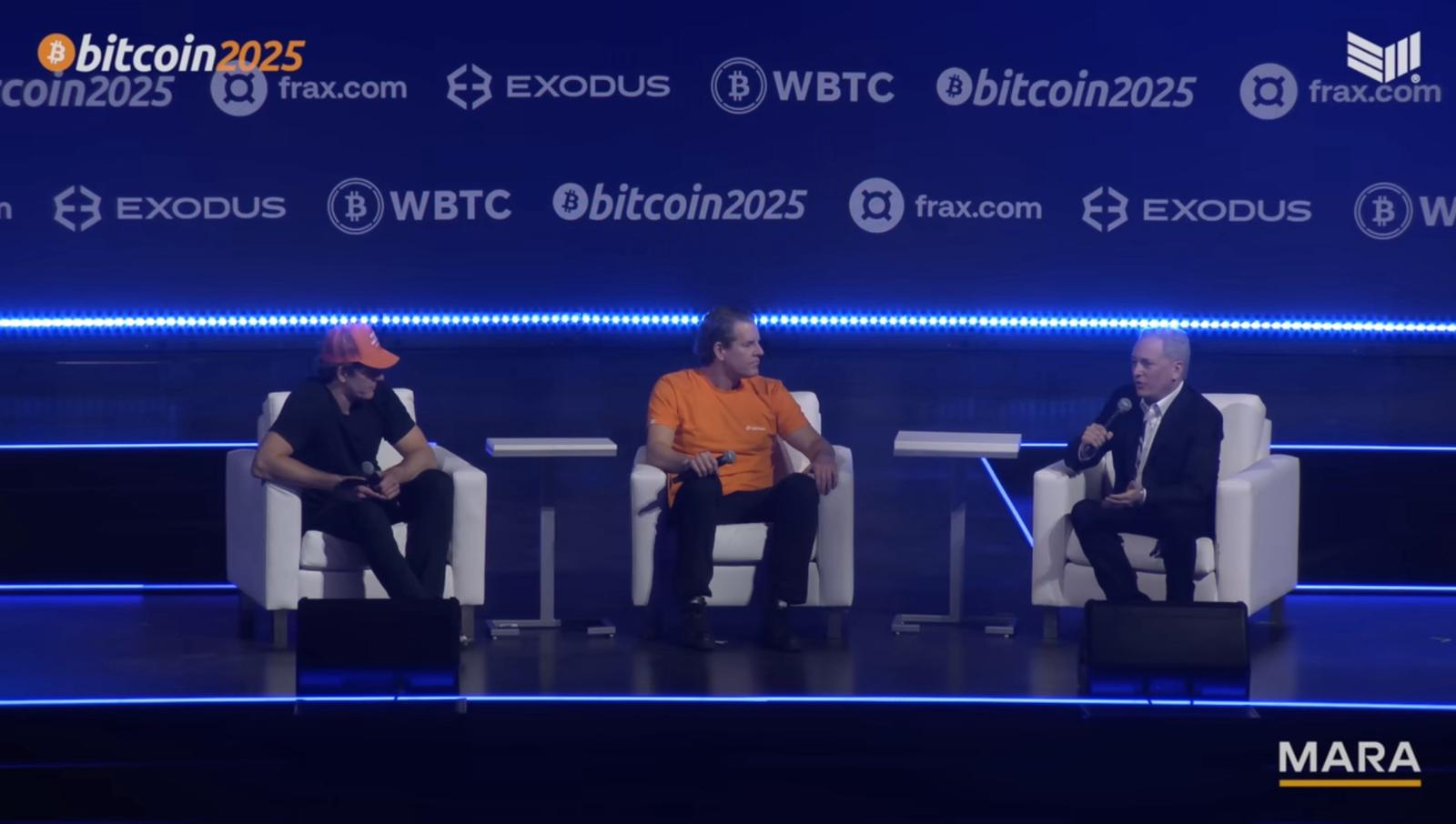






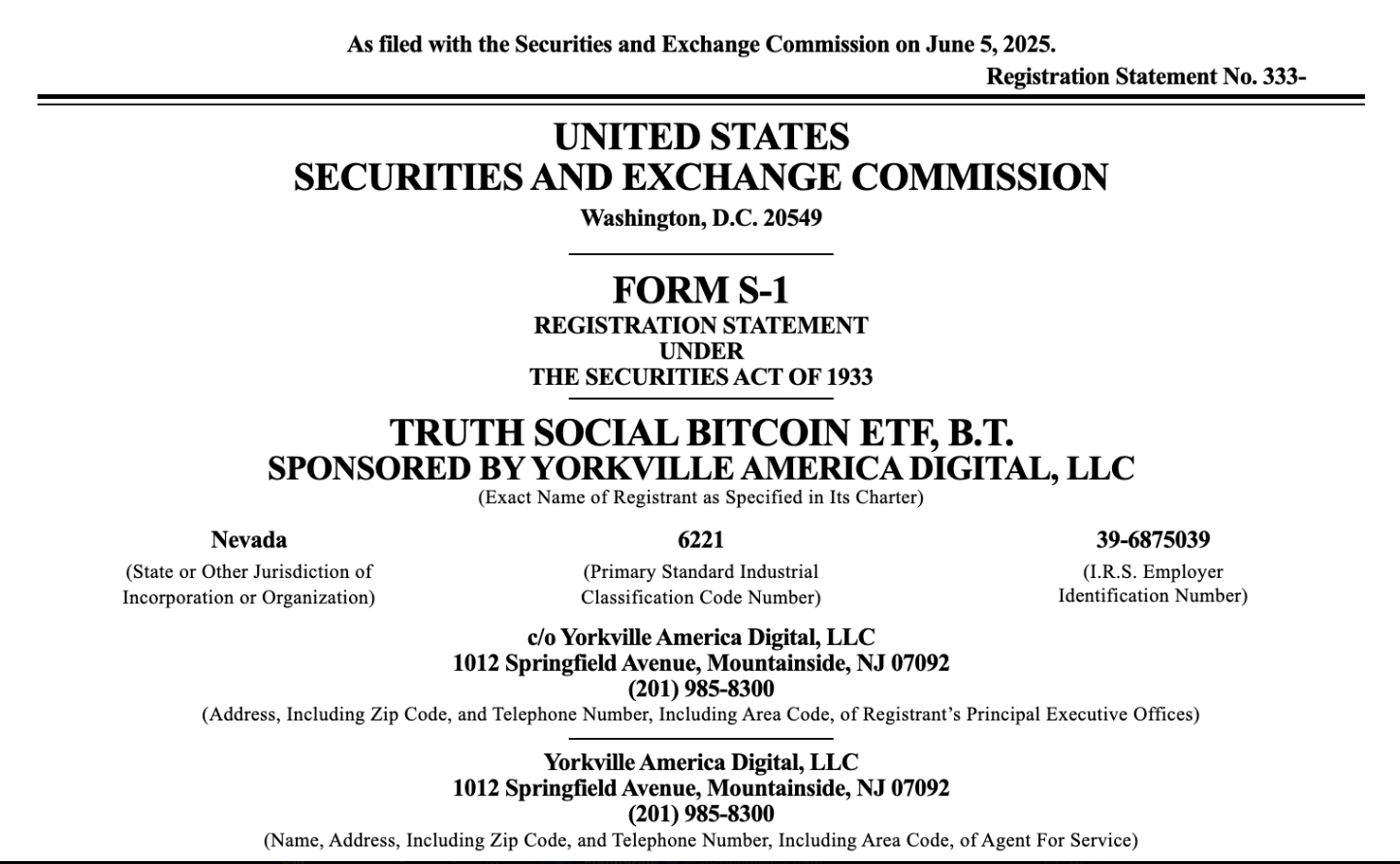

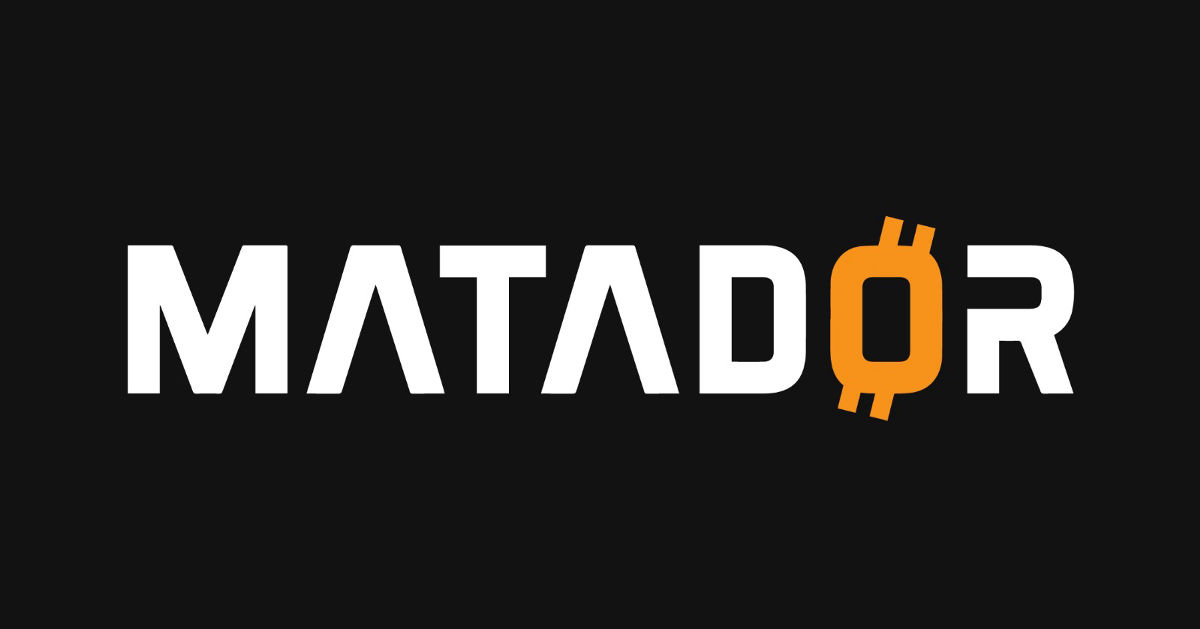
 Each unit: 1 share + ½ warrant @ $0.77
Each unit: 1 share + ½ warrant @ $0.77 Buy more Bitcoin
Buy more Bitcoin

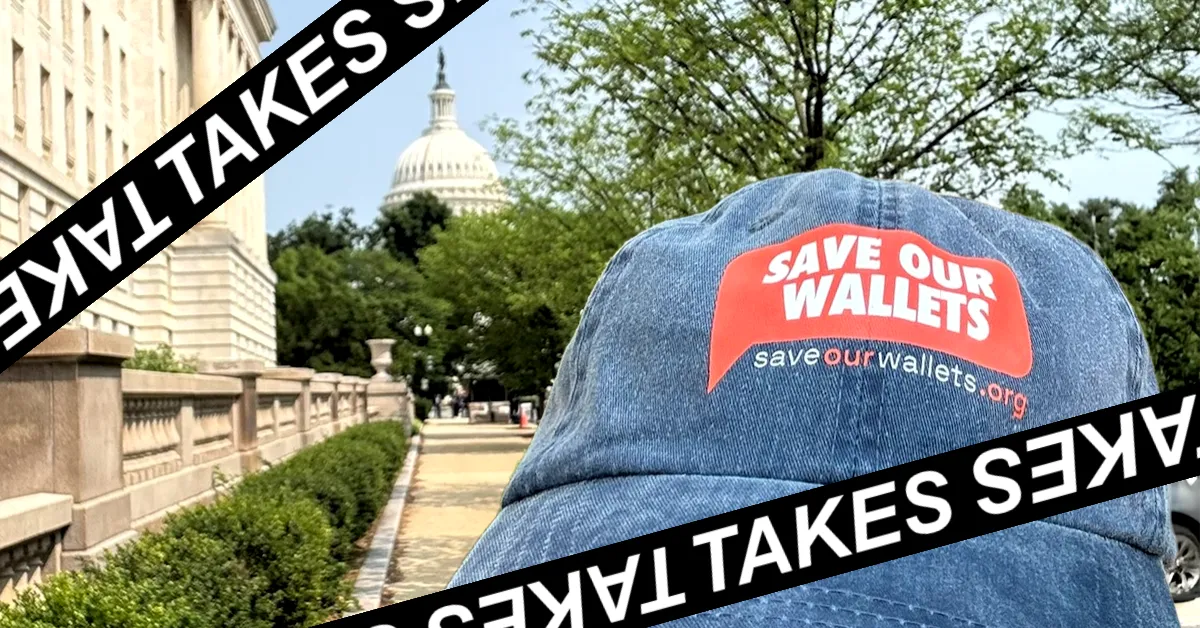











 —has built the most aggressive Bitcoin treasury in the world. But its true innovation isn’t just holding Bitcoin. It’s in how it finances the accumulation of Bitcoin at scale without giving up control or diluting shareholder value.
—has built the most aggressive Bitcoin treasury in the world. But its true innovation isn’t just holding Bitcoin. It’s in how it finances the accumulation of Bitcoin at scale without giving up control or diluting shareholder value.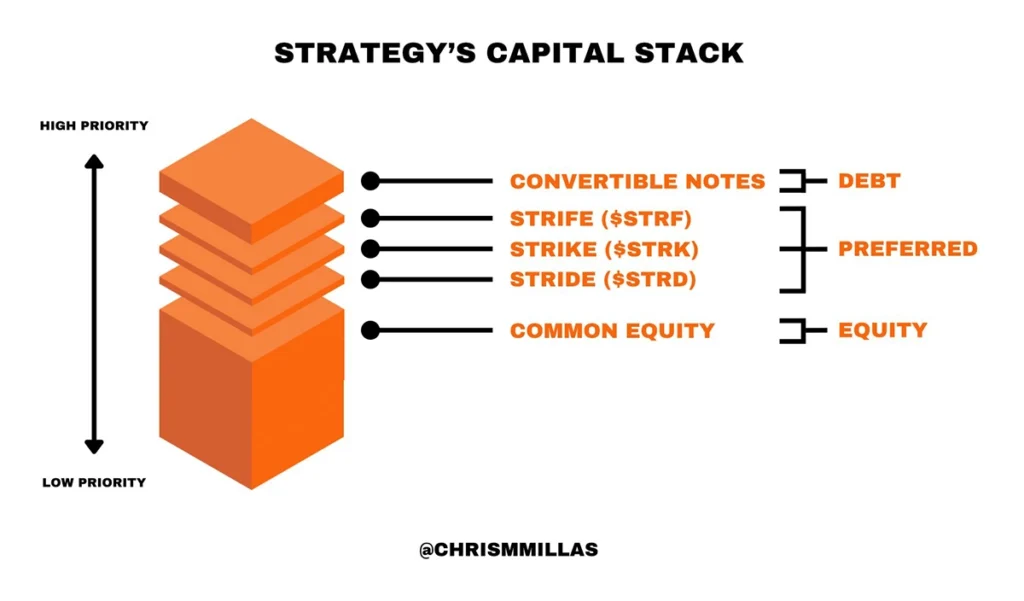






 Hong Kong-based Reitar Logtech announces they will buy $1.5 billion
Hong Kong-based Reitar Logtech announces they will buy $1.5 billion 
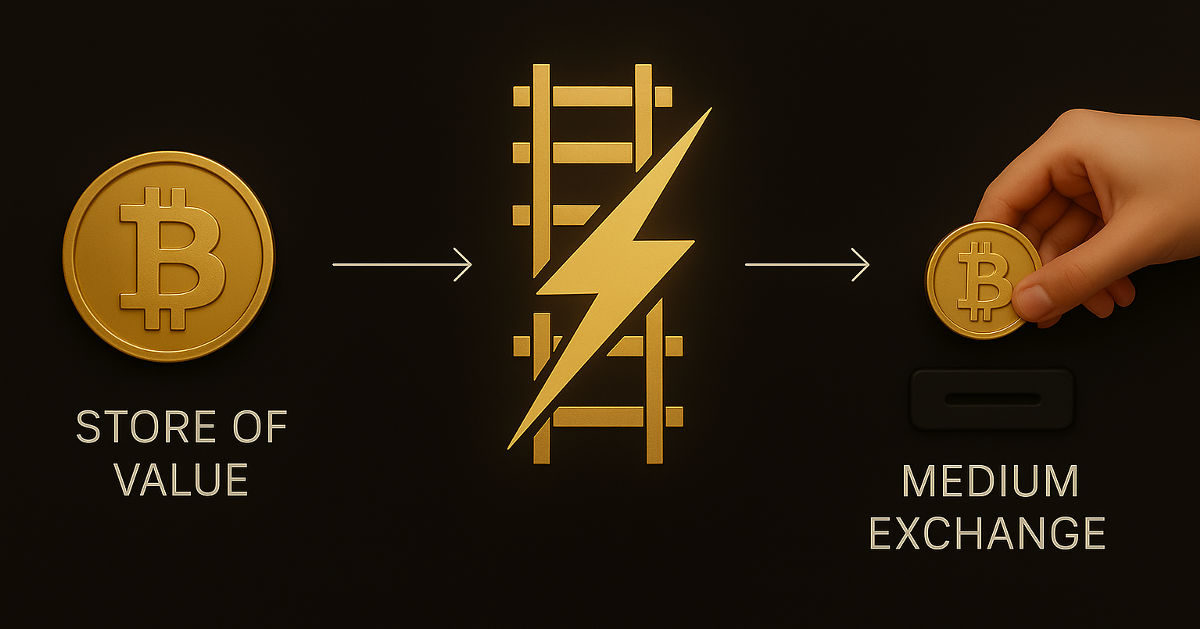






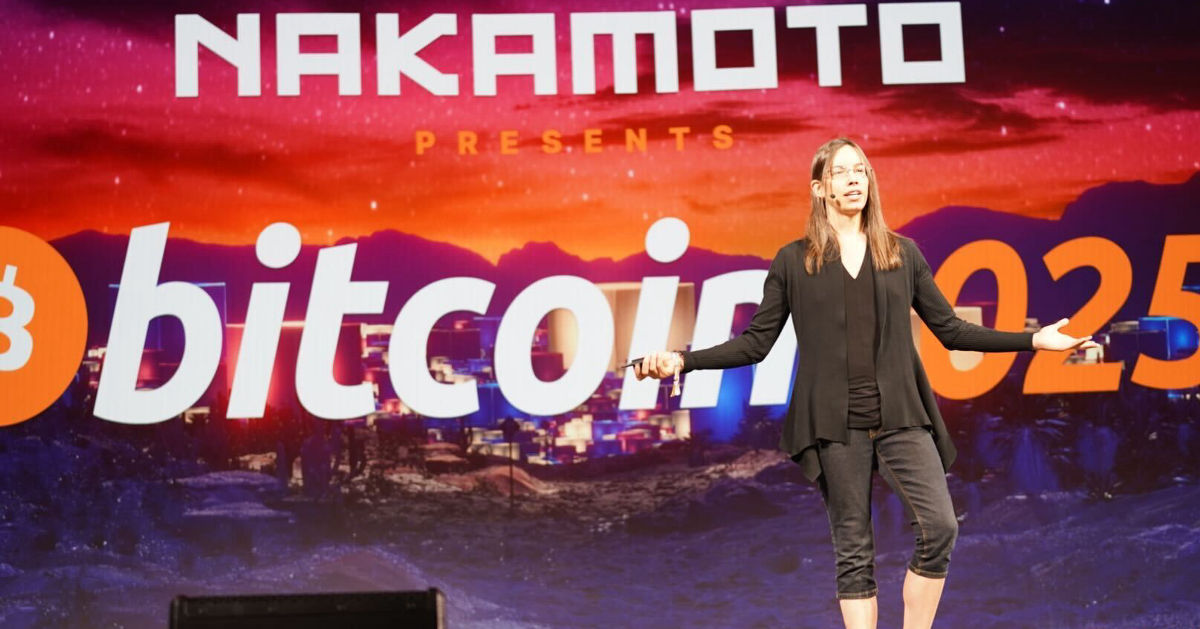

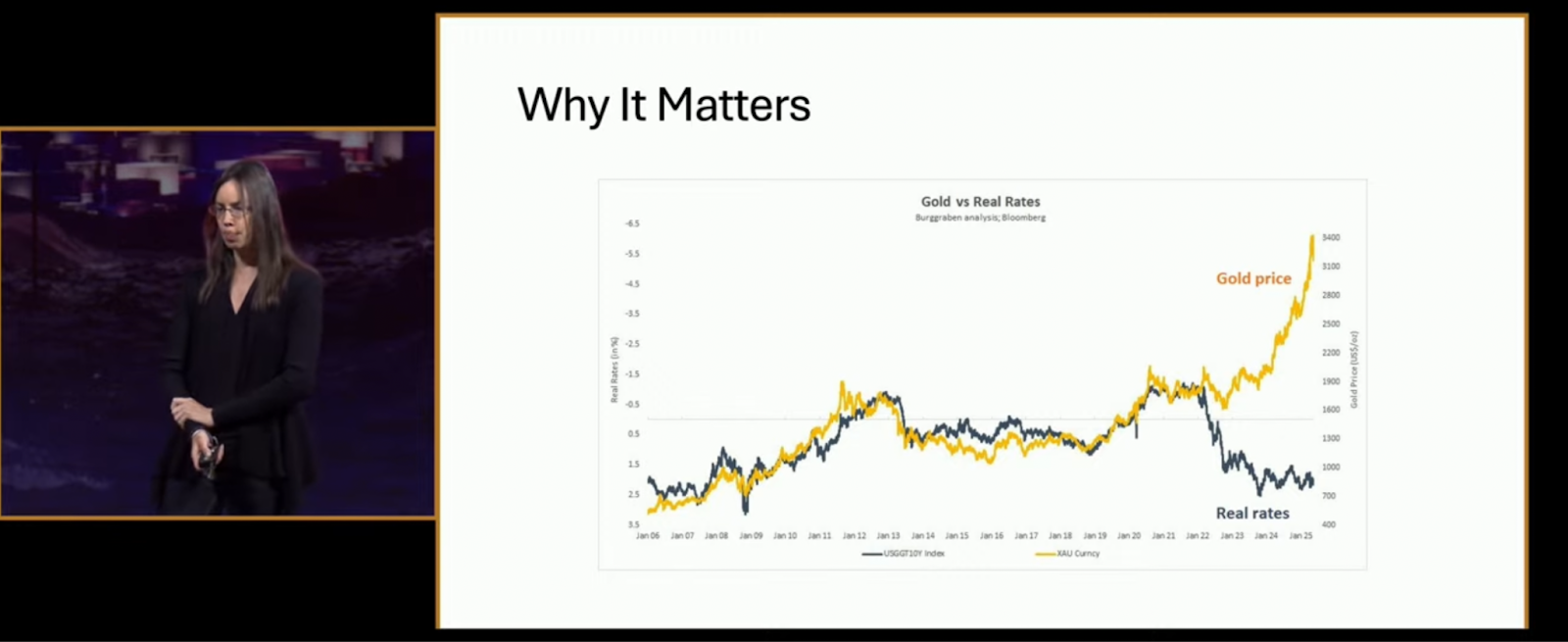
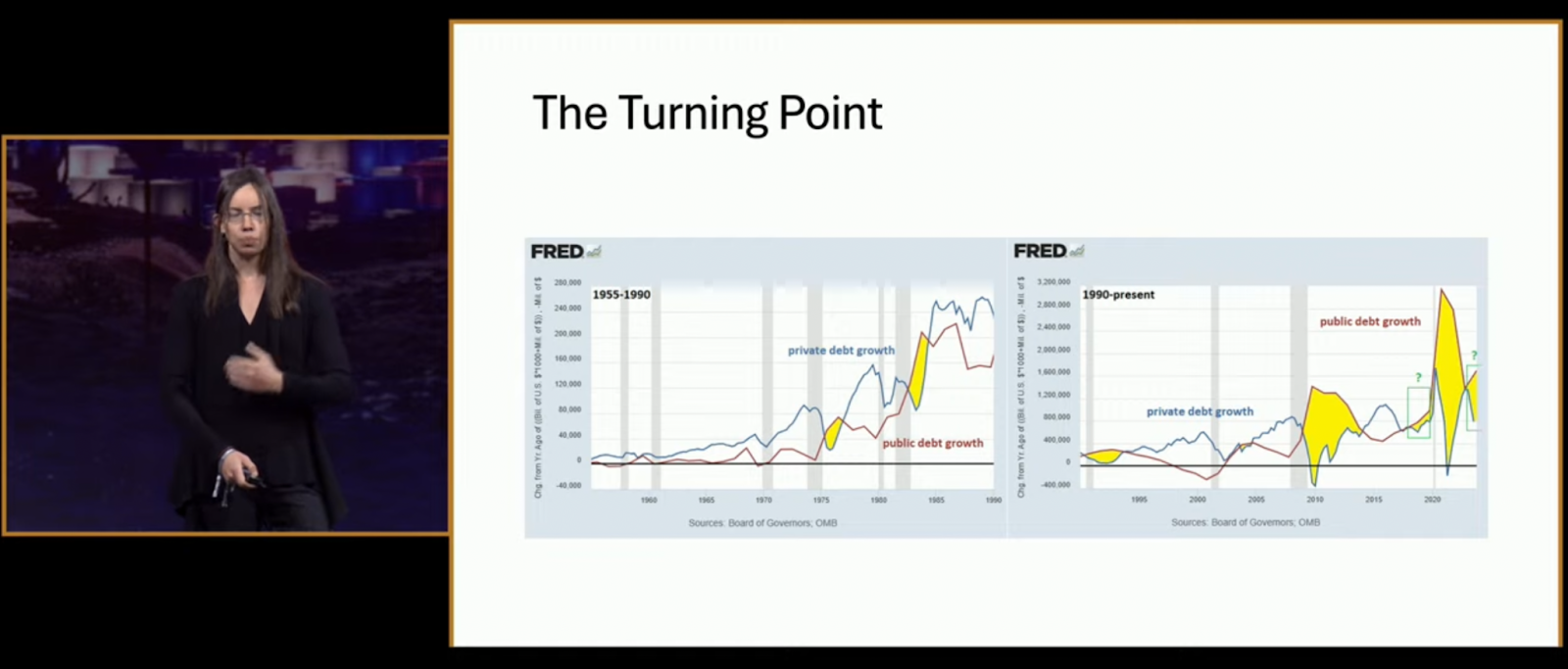
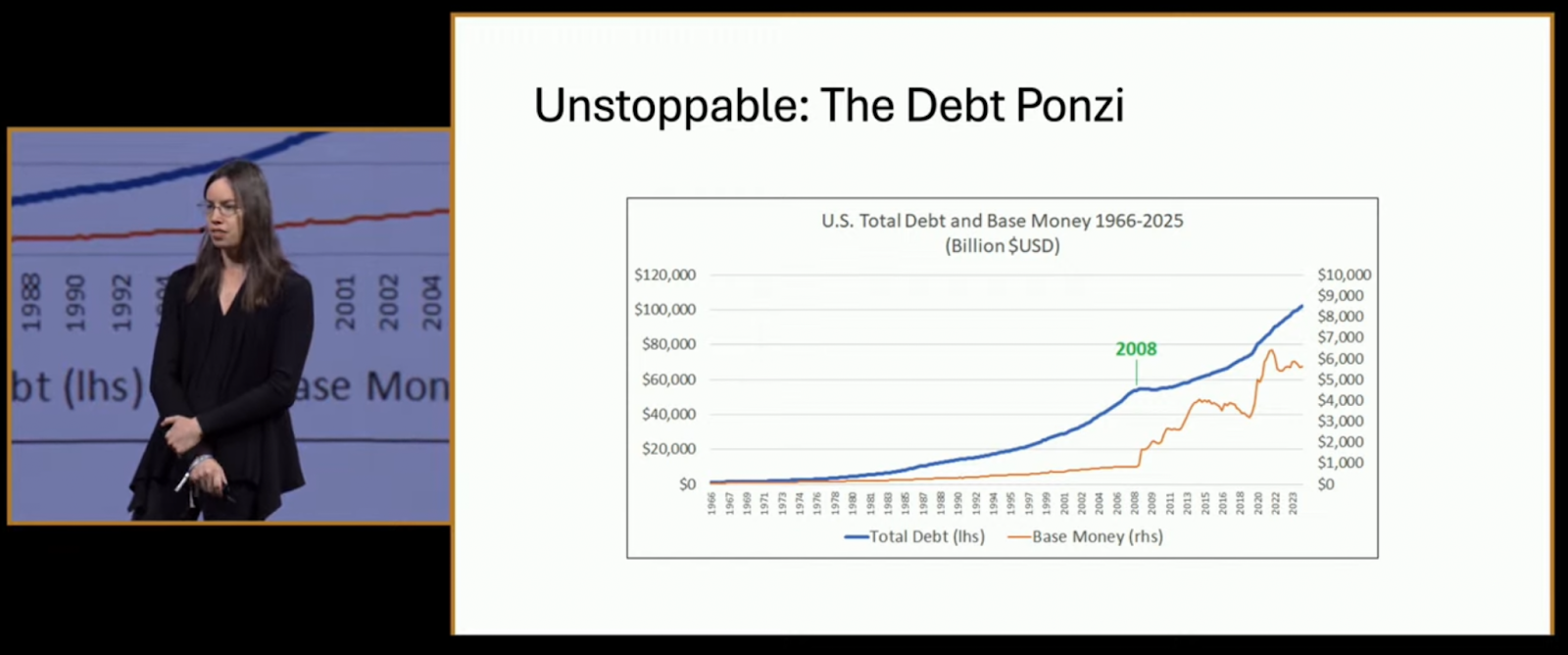

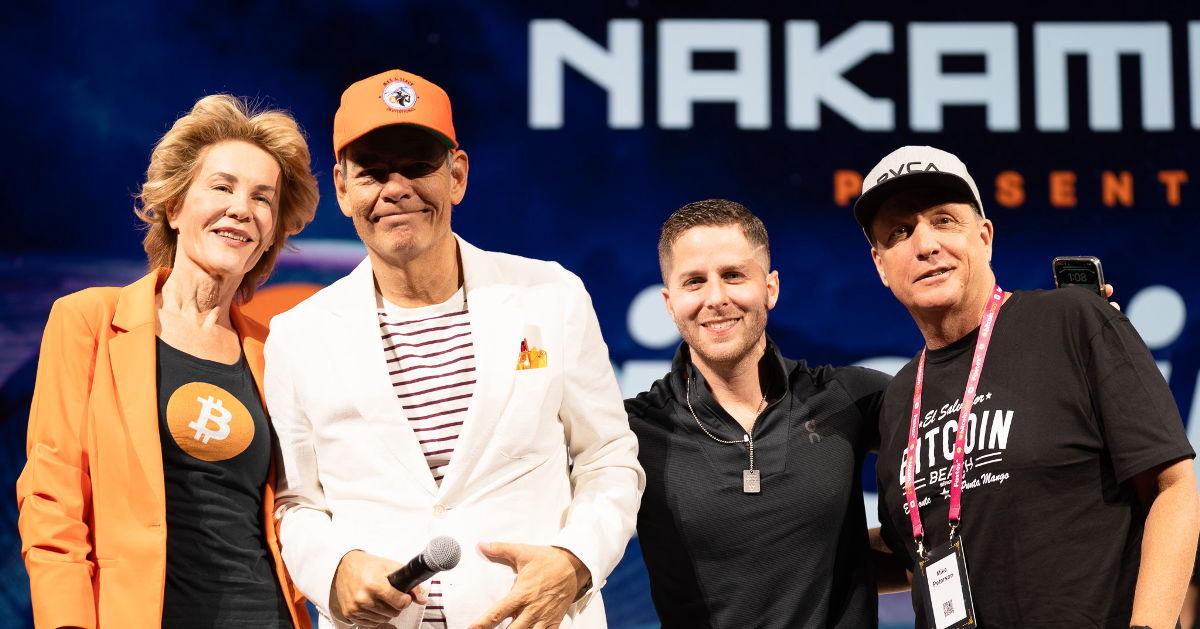




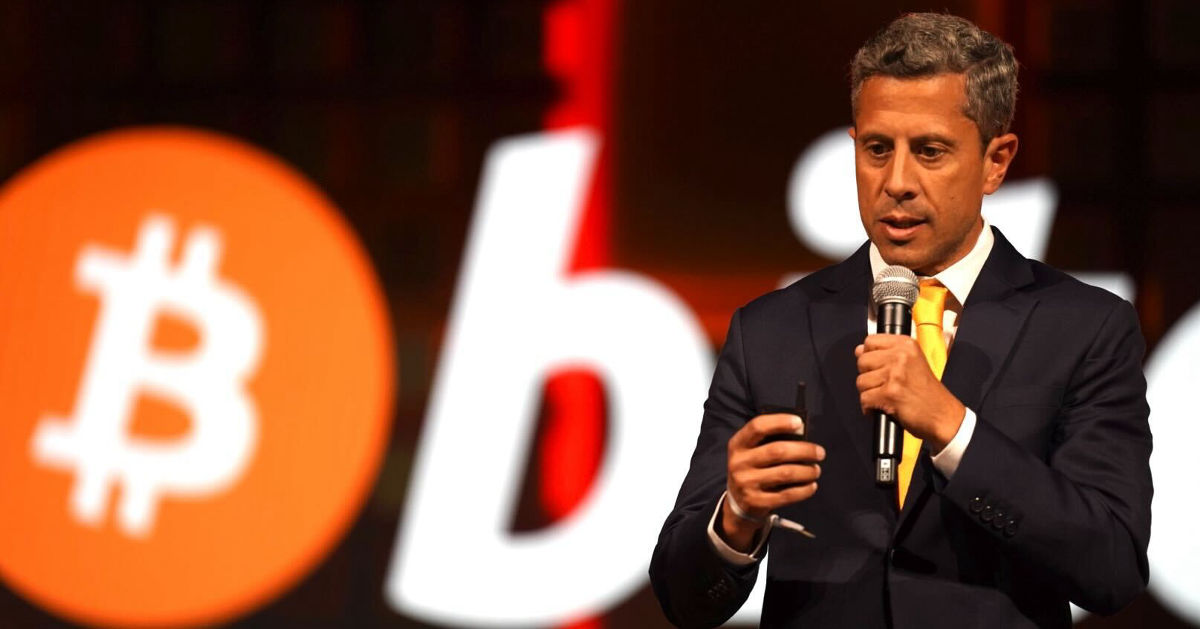
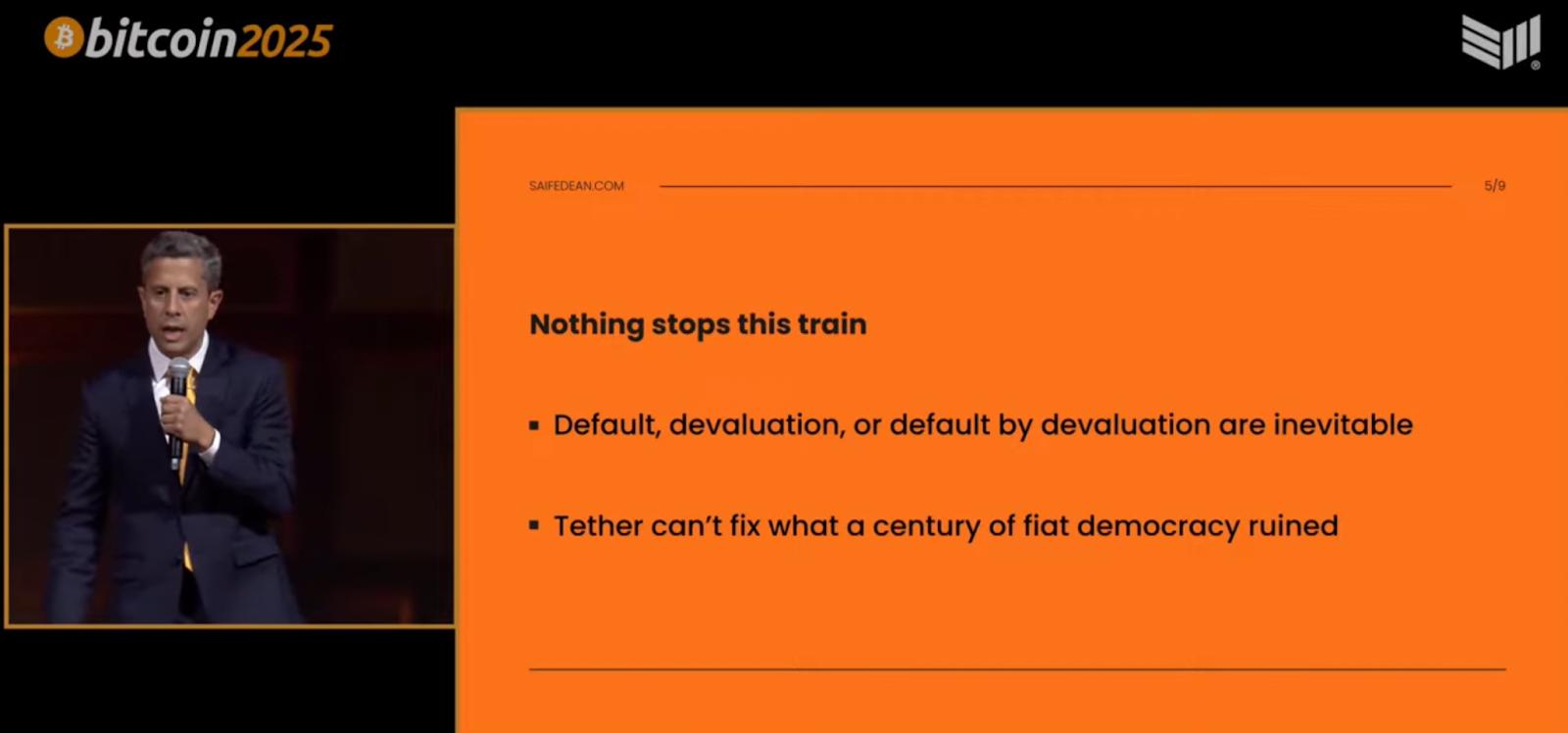
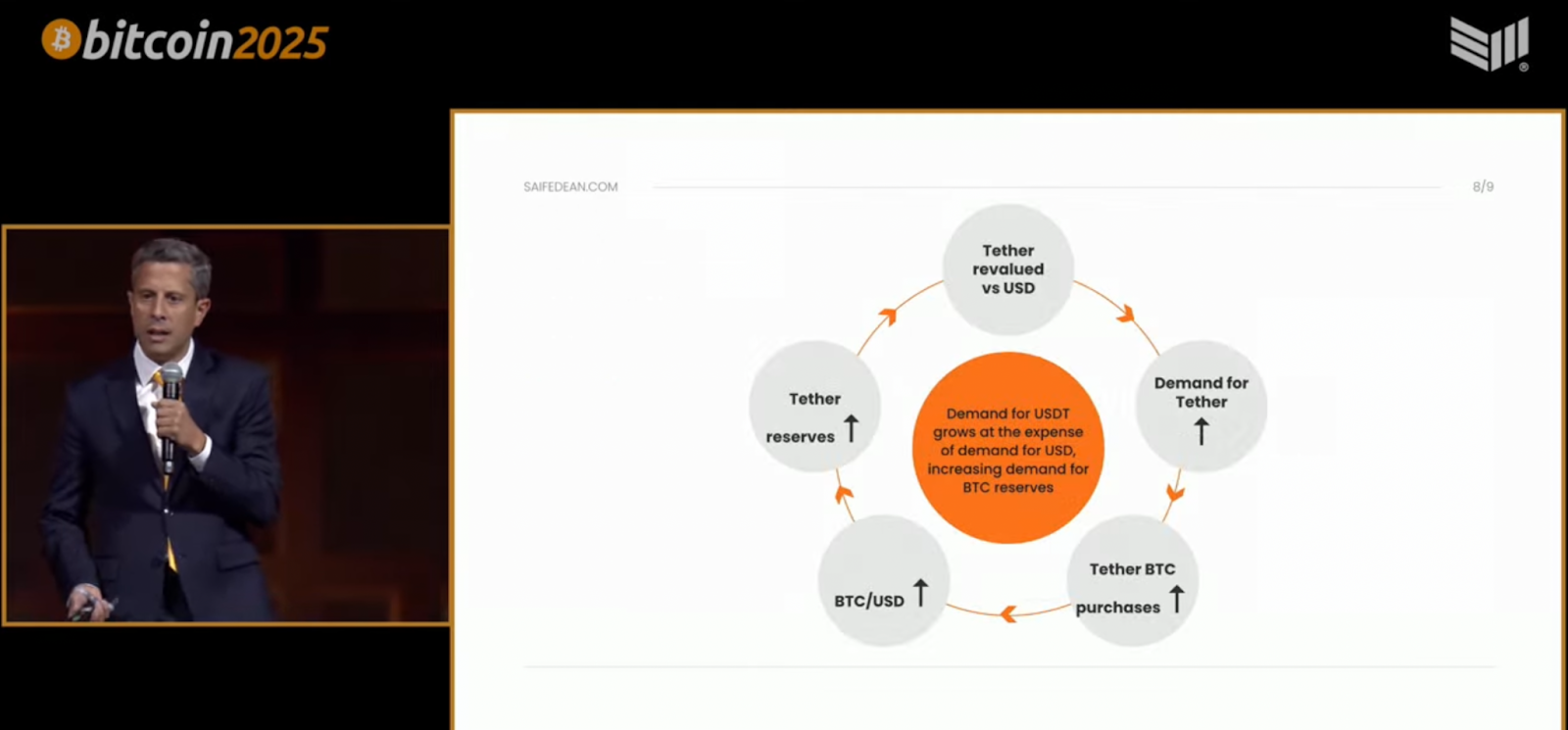

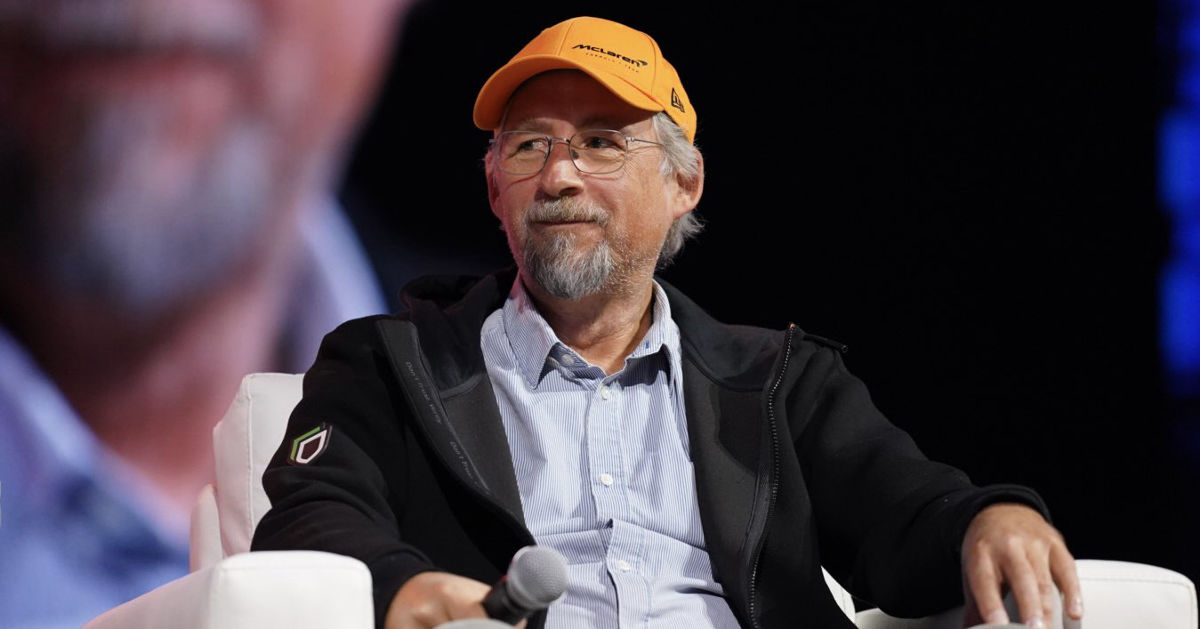
















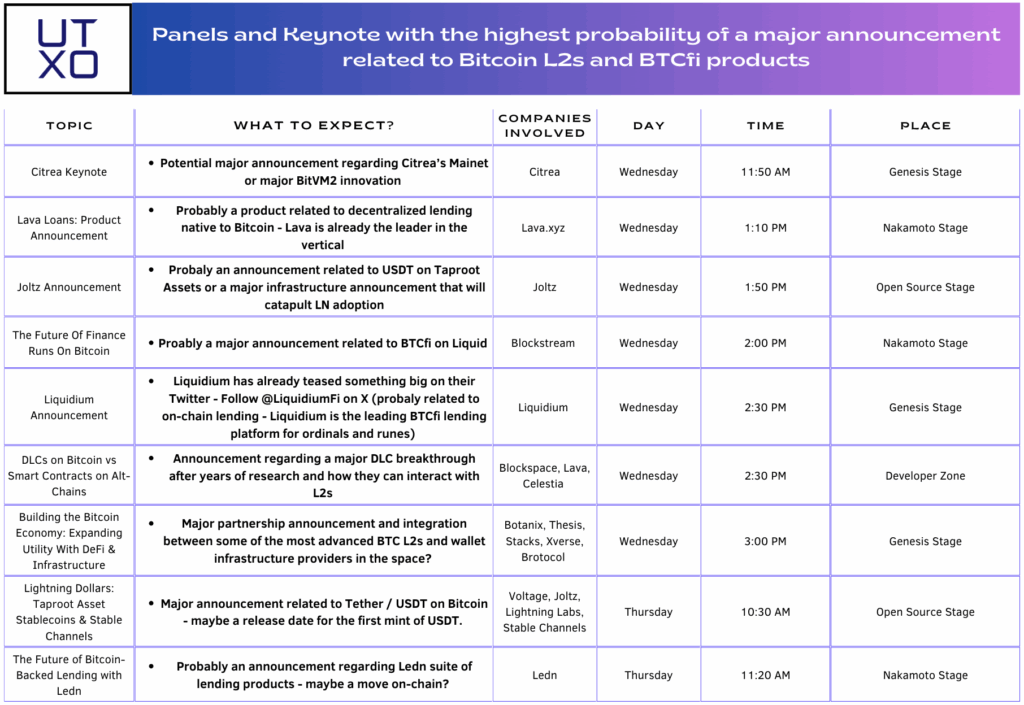
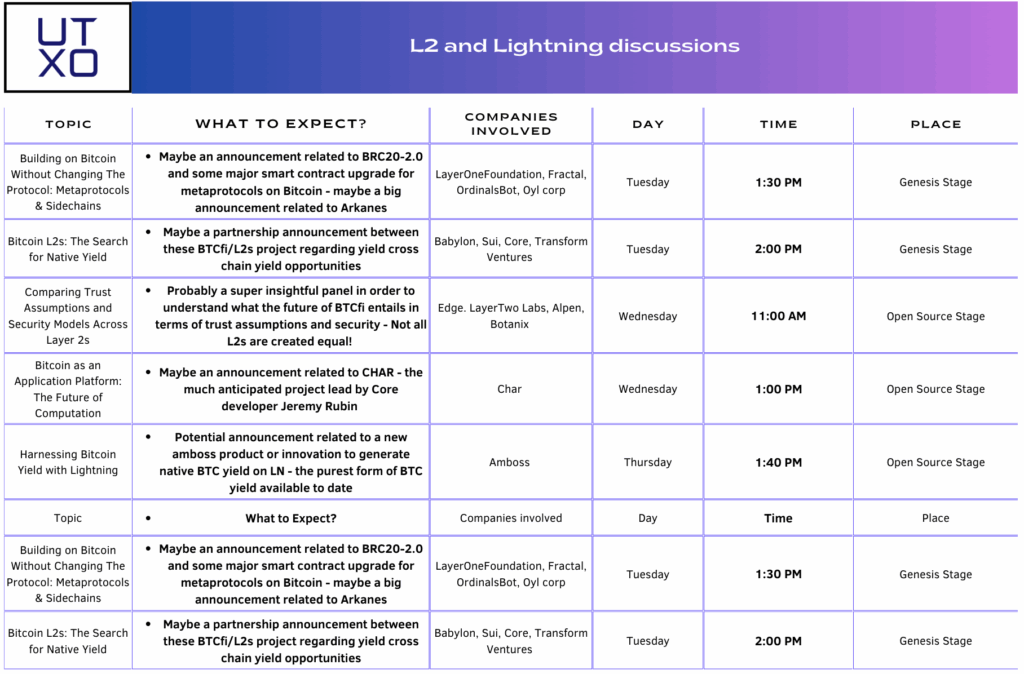

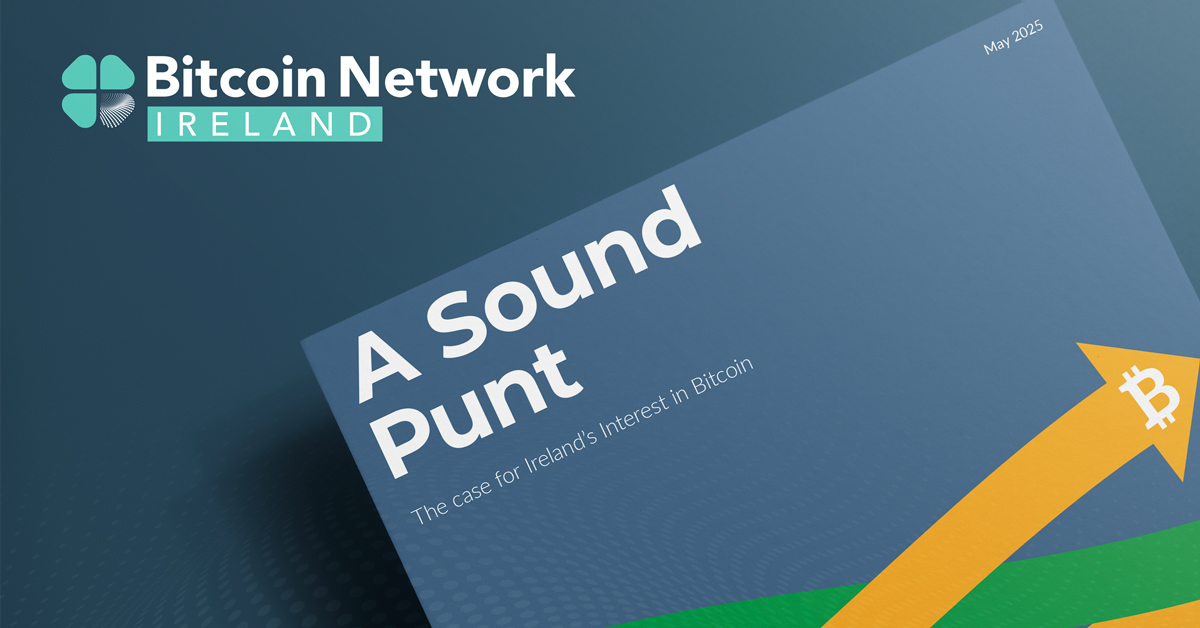


















 H100 Group buys 4.39 BTC and becomes Sweden’s first publicly listed
H100 Group buys 4.39 BTC and becomes Sweden’s first publicly listed 


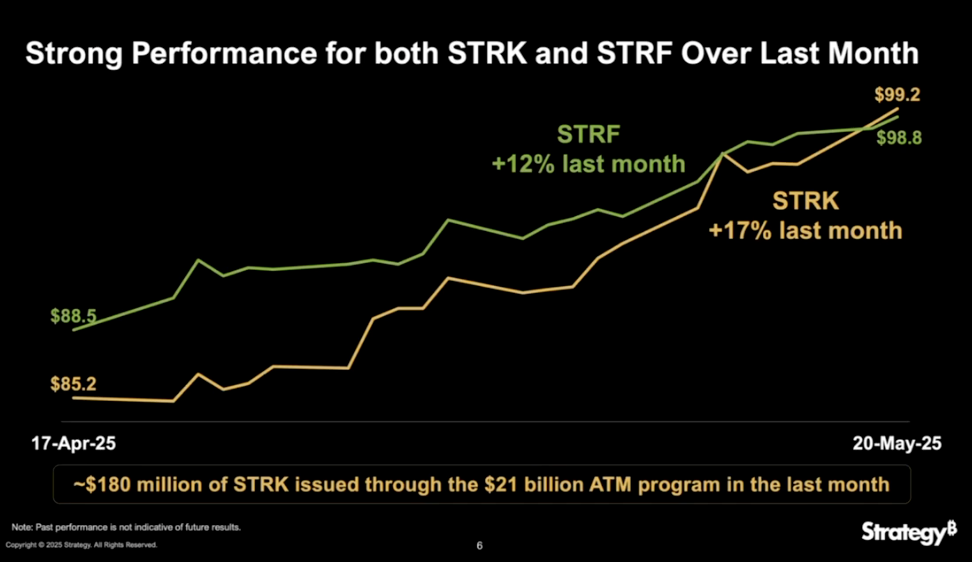
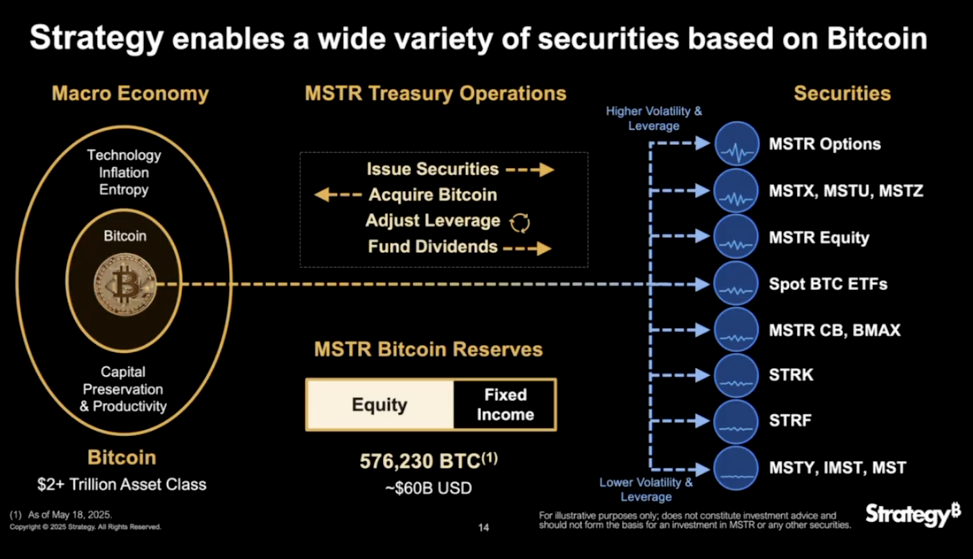







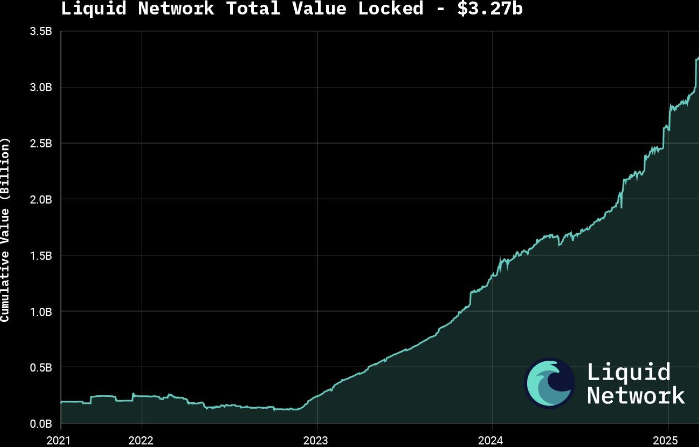









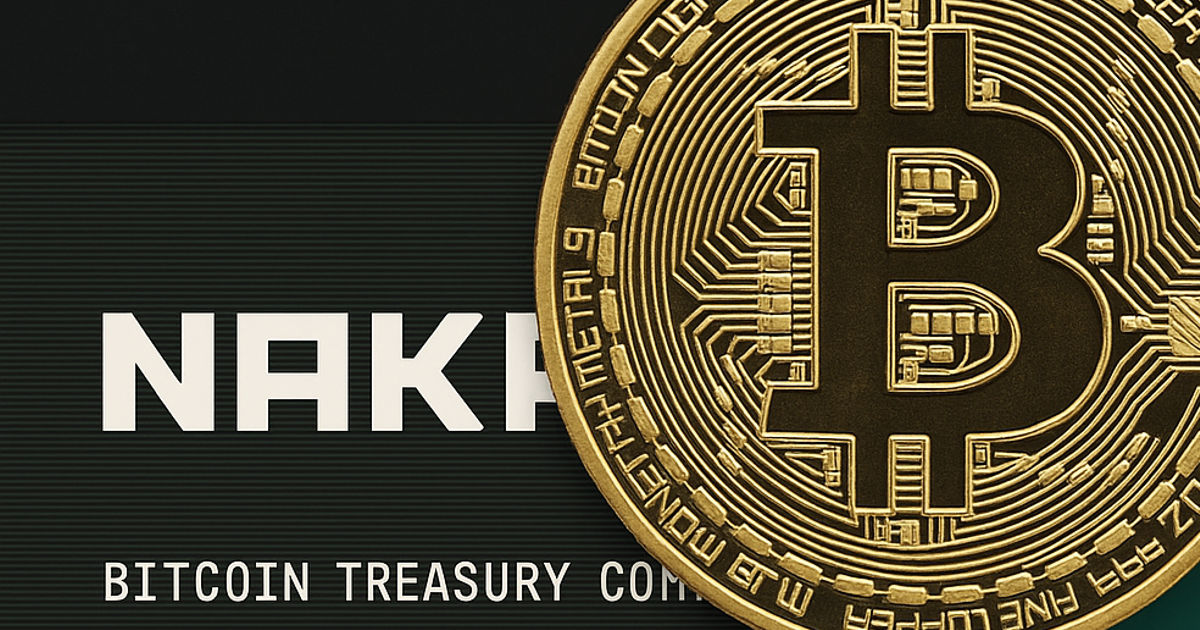

 (@Anchorage)
(@Anchorage) 



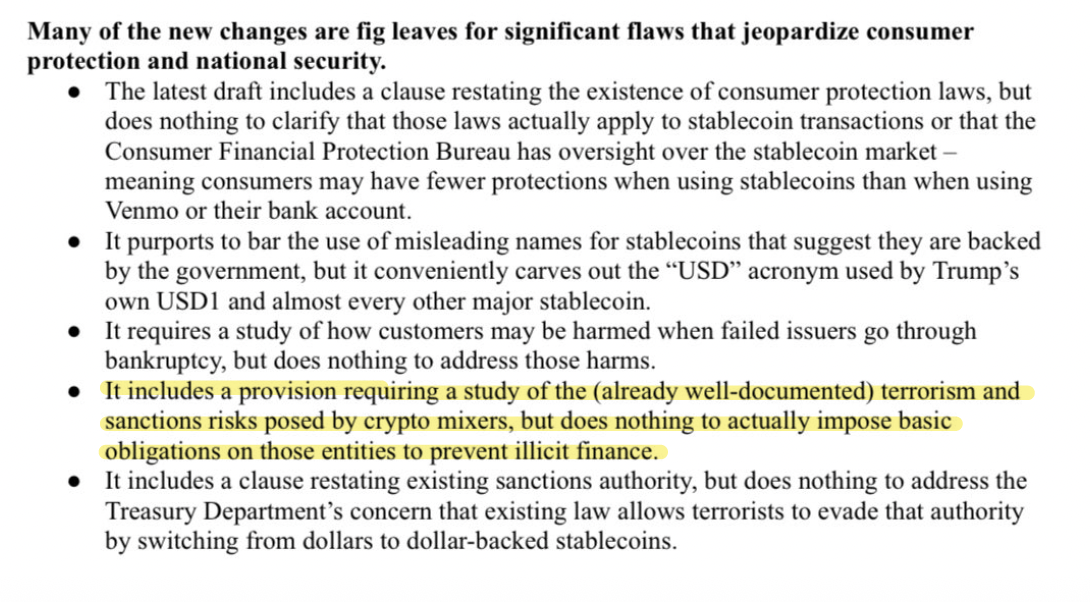
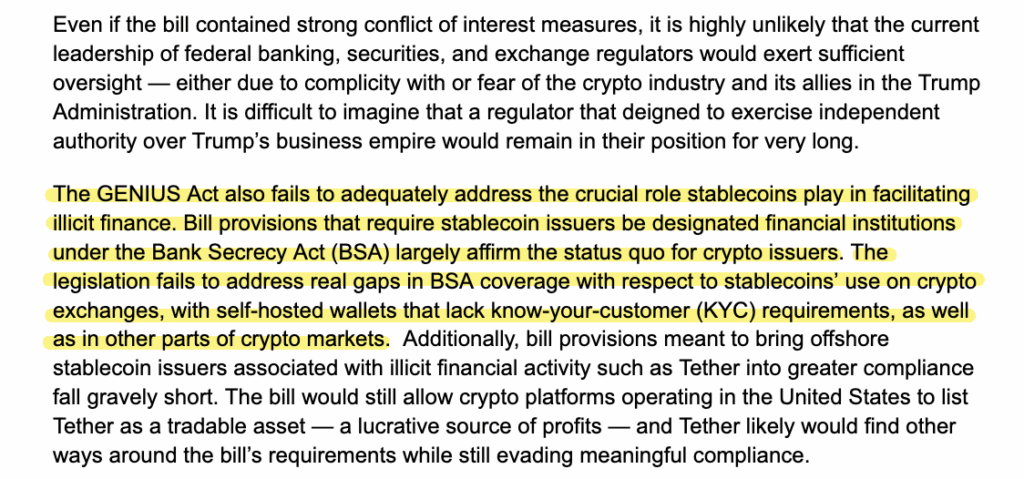



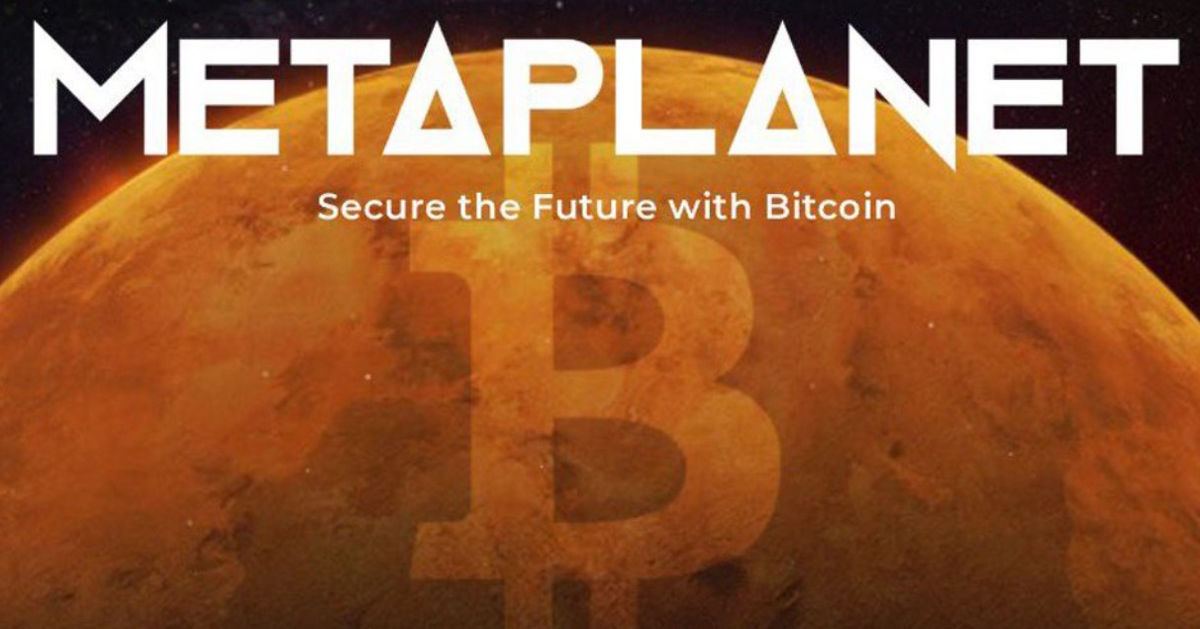
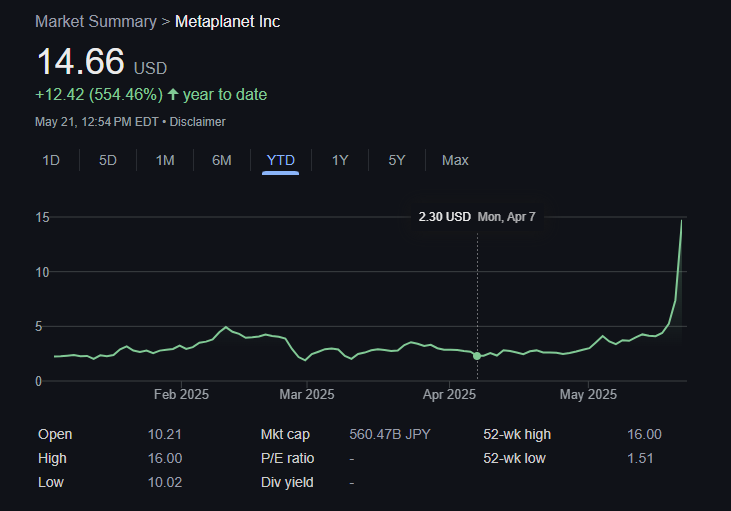









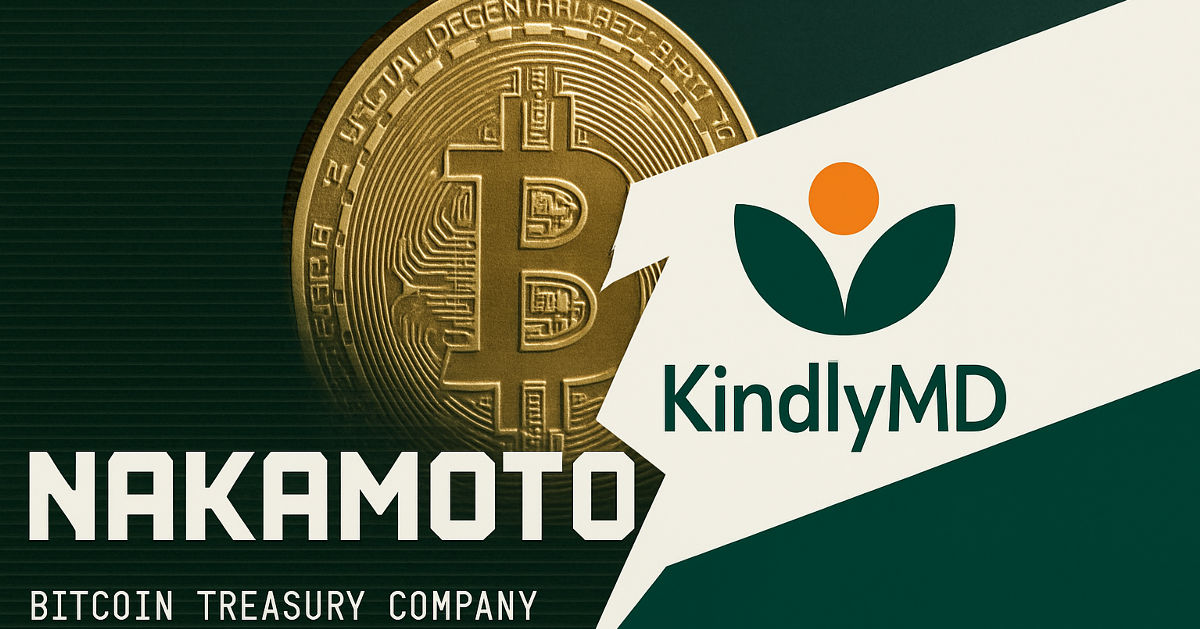


 French company The Blockchain Group raises €8.6 million to buy more
French company The Blockchain Group raises €8.6 million to buy more 



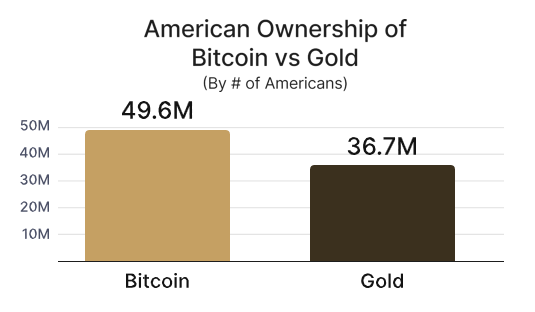
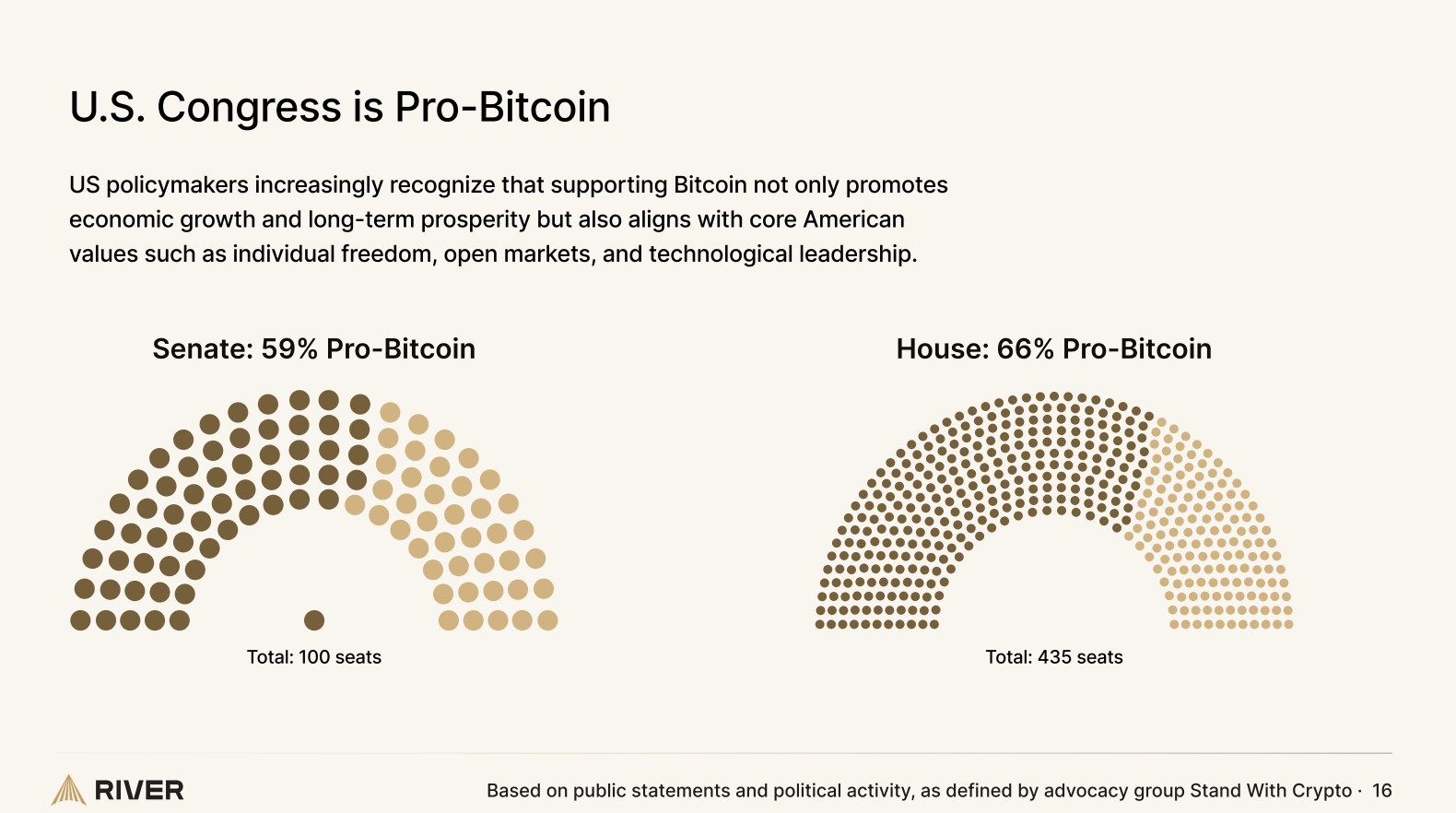
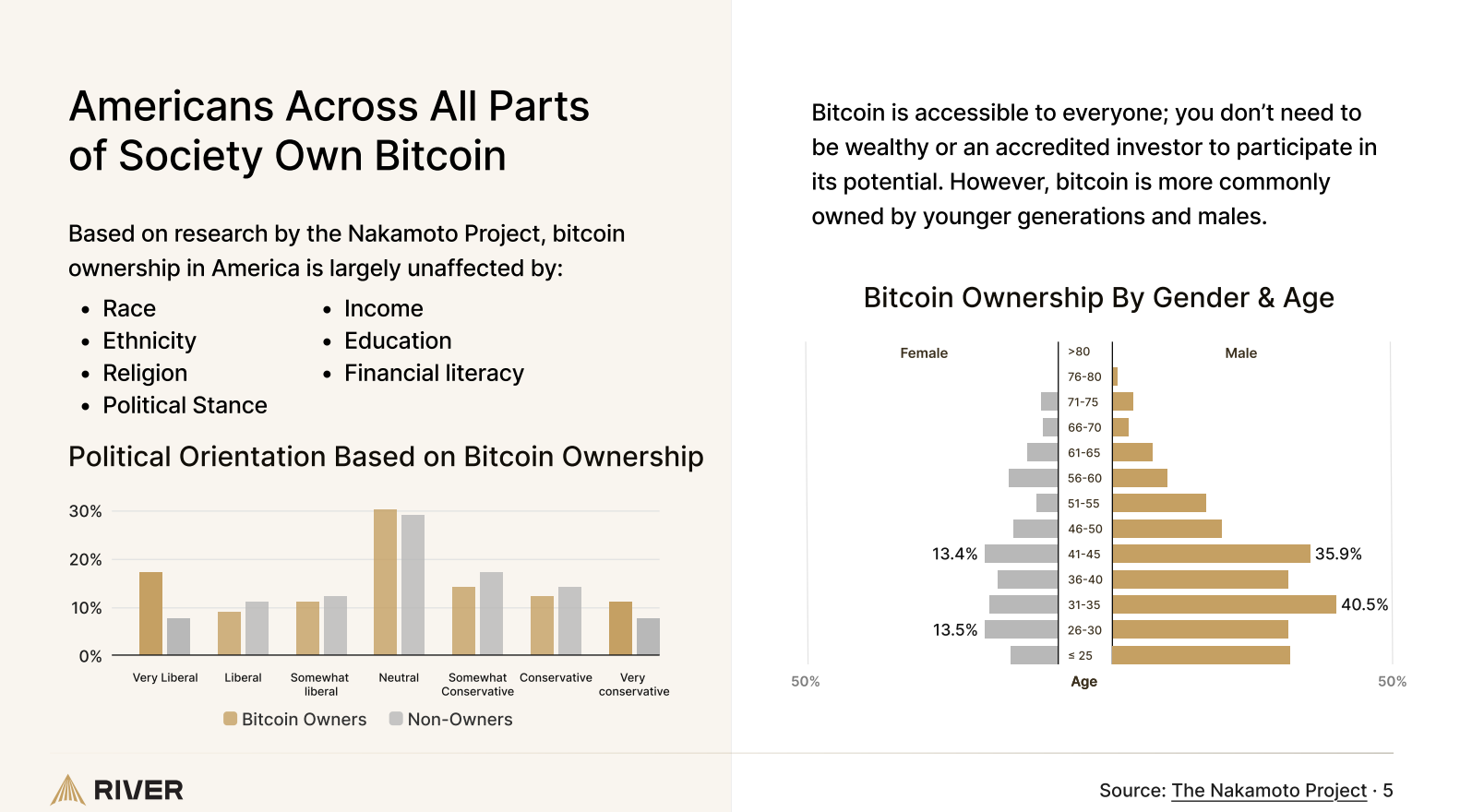







 (@MagicEden)
(@MagicEden) 



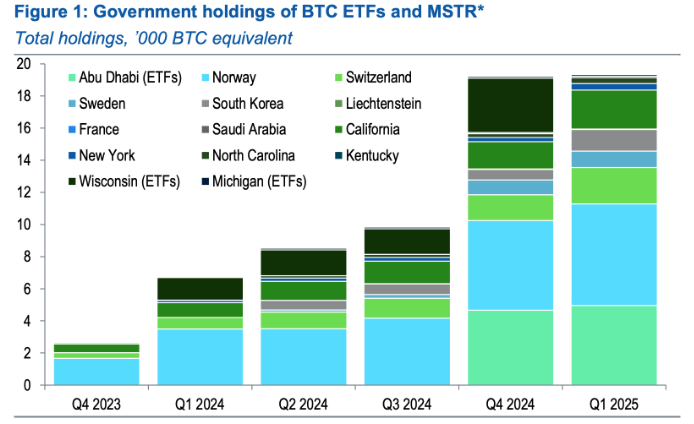



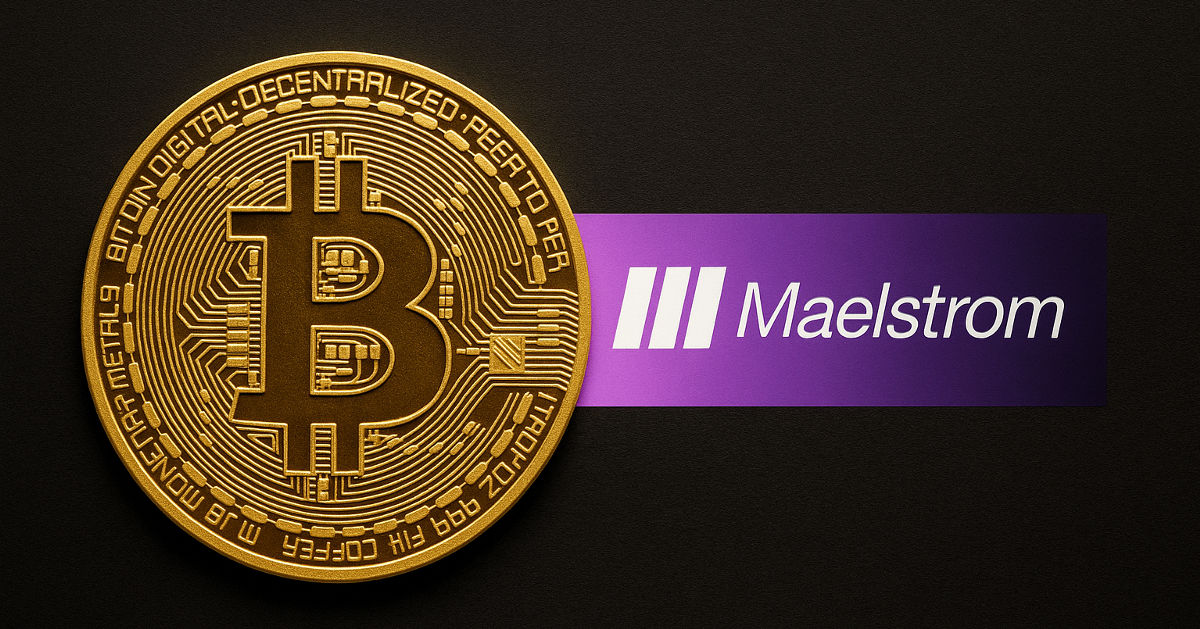
Social Media